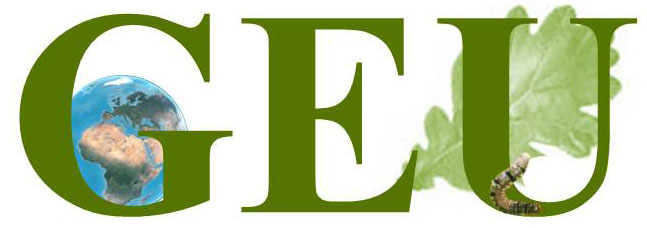This study presents a new approach to quantify ecosystem functioning at scales relevant for policy makers. Photo by Pixabay.
Forests provide a number of functions related to key services such as timber production, climate regulation and recreation, and are important for the conservation of many plant and animal species. Thus humans require multiple services from ecosystems, but it is largely unknown whether trade-offs between ecosystem functions prevent the realisation of high ecosystem multifunctionality across spatial scales.
In a new study in the journal Ecology Letters scientists combined a comprehensive dataset (28 ecosystem functions measured on 209 forest plots) with a forest inventory dataset (105,316 plots) to extrapolate and map relationships between various ecosystem multifunctionality measures across Europe. These multifunctionality measures reflected different management objectives, related to key services (timber production, climate regulation and biodiversity conservation/recreation).
Authors found that different measures of forest multifunctionality tend not to tradeoff with each other, at both local and continental scales. “Within some areas there were strong synergies between different multifunctionality measures, indicating that even though they are currently uncommon, ‘win-win’ forest management strategies are possible and could be promoted in the future. “Using one of the most comprehensive assessments so far, our study therefore suggests a high but largely unrealised potential for management to promote multifunctional forests in Europe”, said Dr. van der Plas from Institute of Plant Sciences, University of Bern, Switzerland.
For the authors this study is a first step in reaching the ultimate goal of predicting how future ecosystem functioning and service provision will be altered by ongoing global trends, such as climate change), eutrophication and acidification or land-use change “Future studies could combine this approach with models on climate change, biodiversity change or management scenarios to investigate the impacts of these global trends for the future functioning and service provisioning of forests and other ecosystems”, said Prof. Josep Peñuelas from CREAF-CSIC Barcelona.
Journal Reference: van der Plas, F., Ratcliffe, S., Ruiz-Benito, P., Scherer-Lorenzen, M., Verheyen, K., Wirth, C., Zavala, M.A., Ampoorter, E., Baeten, L., Barbaro, L., Bastias, C.C., Bauhus, J., Benavides, R., Benneter, A., Bonal, D., Bouriaud, O., Bruelheide, H., Bussotti, F., Carnol, M., Castagneyrol, B., Charbonnier, Y., Cornelissen, J.C., Dahlgren, J., Checko, E., Coppi, A., Muhie Dawud, S., Deconchat, M., De Smedt, P., De Wandeler, H., Domisch, T., Finér, L., Fotelli, M., Gessler, A., Granier, A., Grossiord, C., Guyot, V., Haase, J., Hättenschwiler, S., Jactel, H., Jaroszewicz, B., Joly, F., Jucker, T., Kambach, S., Kaendler, G., Kattge, J., Koricheva, J., Kunstler, G., Lehtonen, A., Liebergesell, M., Manning, P., Milligan, H., Müller, S., Muys, B., Nguyen, D., Nock, C., Ohse, B., Paquette, A., Peñuelas, J., Pollastrini, M., Radoglou, K., Raulund-Rasmussen, K., Roger, F., Seidl, R., Selvi, F., Stenlid, J., Valladares, F., van Keer, J., Vesterdal, L., Fischer, M., Gamfeldt, L., Allan, E. 2018. Continental mapping of forest ecosystem functions reveals a high but unrealized potential for forest multifunctionality. Ecology Letters 21, Issue 1, 31–42, doi: 10.1111/ele.12868.

